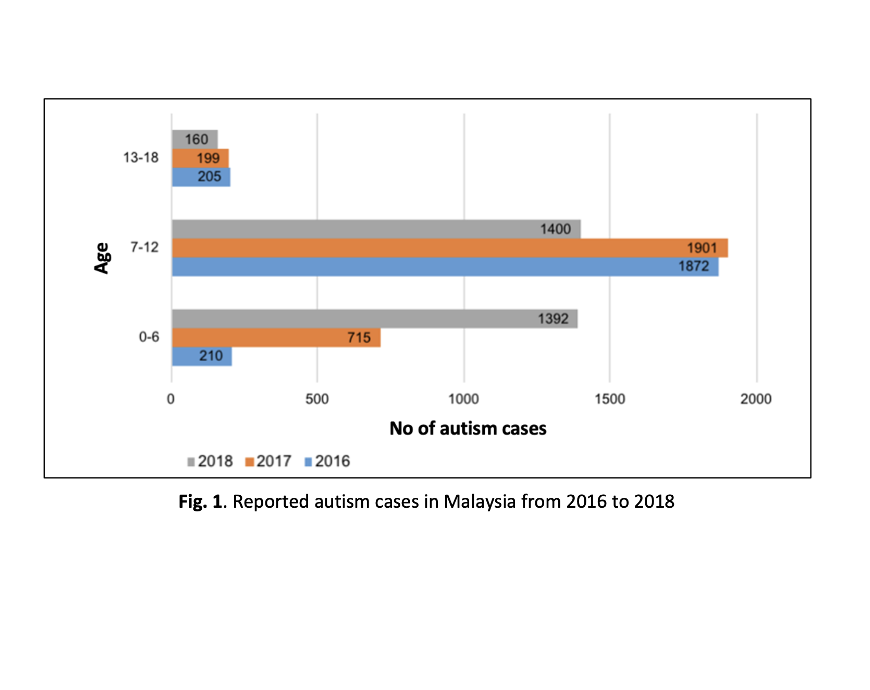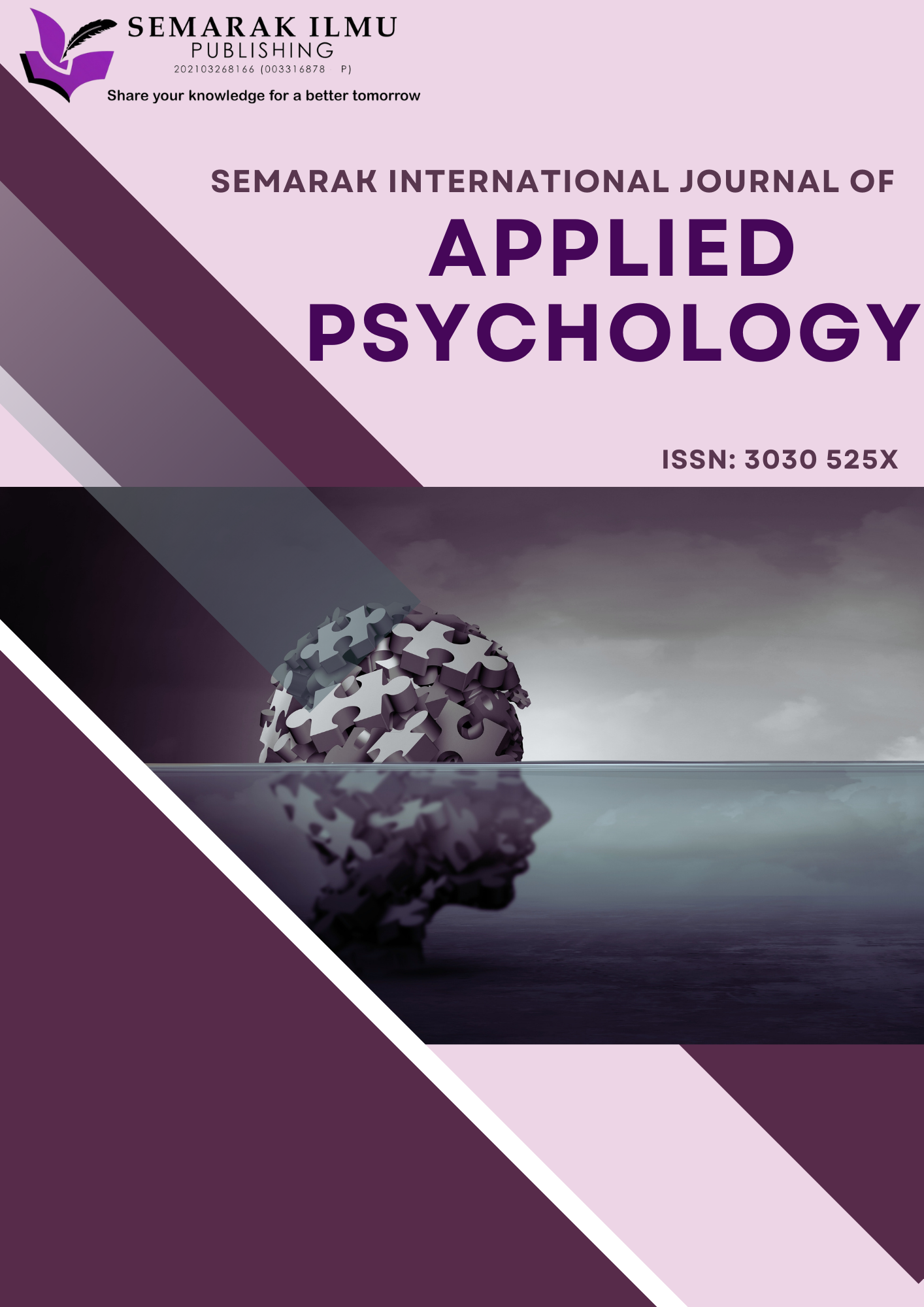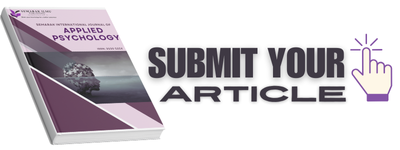Tranquillity CuBOT: Nurturing Emotions Stability of Autism Children
DOI:
https://doi.org/10.37934/sijap.4.1.116aKeywords:
Autism, special education, nurturing emotions, tantrum, sensoryAbstract
The increasing prevalence of autism spectrum disorder (ASD) highlights the urgent need for practical tools to manage the unique challenges faced by children with ASD, particularly in regulating emotional stability. Tantrums and emotional outbursts are common among children with ASD, often triggered by sensory overload, communication difficulties, and changes in routine. These episodes can be distressing for the child and their caregivers, necessitating innovative solutions to provide timely and effective calming interventions. The Tranquillity CuBOT project aims to develop an interactive robotic companion designed to help children with ASD manage emotional distress. The robot will feature calming music, a moving hand, and sensory-textured elements, all integrated into a design that walks on a predefined track. In designing and developing the Tranquillity CuBOT, iterative prototyping has been utilized as a methodology alongside many electronic components that make up the creation, such as ultrasonic sensors, NodeMCU ESP8266, I2C 1602 Serial LCD, and others, equipping it with the necessary functions. The study used a qualitative and quantitative approach, gathering data through observations and questionnaires. The data for the questionnaires was analyzed using SPSS 26.0 with descriptive statistics, measuring dimensions like usefulness, and attitude to use. Results indicated high satisfaction across all areas, with Cronbach's alpha (α = 0.833) confirming the instrument's reliability. Findings suggest that Tranquillity CuBOT can significantly reduce the frequency and intensity of tantrums, promoting better emotional regulation and overall well-being. This research underscores the potential of innovative, technology-driven solutions in enhancing the quality of life for children with ASD and their caregivers, paving the way for future advancements in this field.














